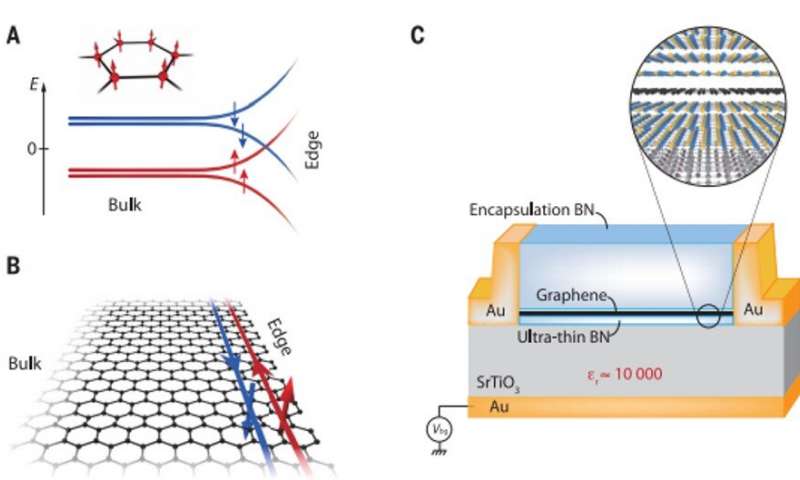Materials that exhibit topological phases can be
classified by their dimensionality, symmetries and topological
invariants to form conductive-edge states with peculiar transport
and spin properties. For example, the quantum Hall effect can arise
in two-dimensional (2-D) electron systems subjected to a
perpendicular magnetic field. When distinct characteristics of
quantum Hall systems are compared with time-reversal symmetric
(entropy conserved) topological insulators (TIs), they appear to
rely on Coulomb interactions between electrons to induce a wealth
of strongly correlated, topologically or symmetry-projected phases
in a variety of experimental systems.



